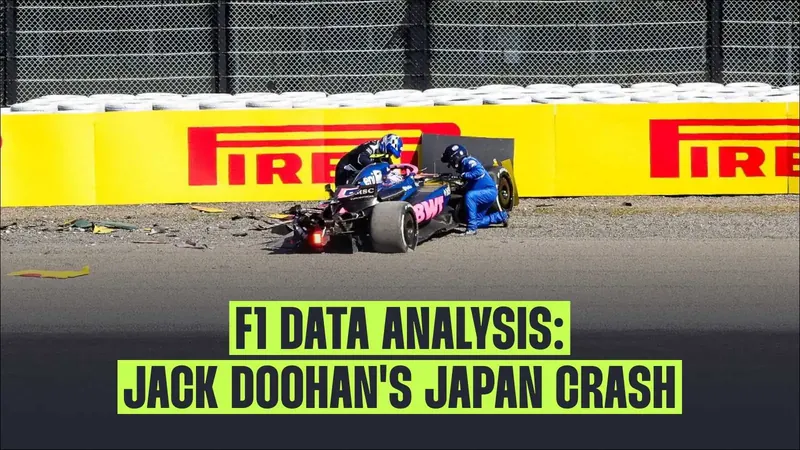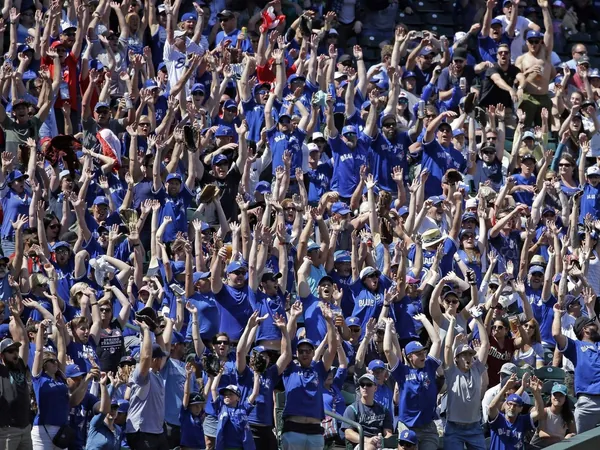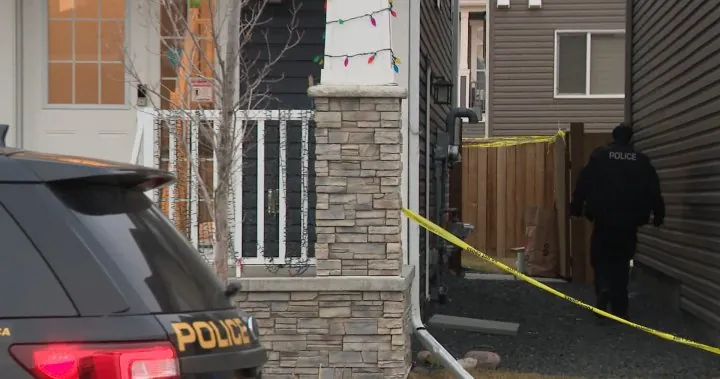
Unraveling the Mystery of Jack Doohan's Harrowing Crash: Insights from DRS Data
2025-04-04
Author: Jacques
The Shocking Details of the Crash
Initially, the exact cause of Doohan's crash was shrouded in mystery. Everything appeared normal as he sped towards Suzuka's treacherous first corner. However, a thorough analysis of DRS (Drag Reduction System) data later revealed a critical misstep – Doohan had his DRS activated as he approached the turn at a staggering speed of over 300 km/h, resulting in a catastrophic loss of downforce and a violent impact with the barriers.
According to Alpine’s team principal, Oliver Oakes, the incident was a “misjudgment” on Doohan's part, who inadvertently failed to deactivate the DRS. Reports suggest that the driver had previously experimented with this maneuver in the Enstone simulator and attempted to replicate it on the track, but reality proved far more unforgiving.
Telemetry Revelations: A Closer Look
What followed was an in-depth investigation into the telemetry data surrounding the incident. During his first push lap, Doohan had briefly tapped the brakes and successfully deactivated the DRS before navigating the corner. However, during his second attempt, he also tapped the brakes but neglected to lift off the accelerator, which led him into a precarious situation as the DRS remained open.
Interestingly, this inconsistency in his approach raises questions about whether Doohan believed he had closed the DRS with the light brake tap. On the same track, his teammates demonstrated effective deactivation methods by varying their techniques, highlighting a distinct anomaly in Doohan's case.
Further telemetry revealed that while other drivers like Pierre Gasly manually closed their DRS without making unnecessary brake taps, Doohan’s telemetry painted a different picture. This inconsistency has sparked speculation about the potential for a sensor malfunction in the DRS system, given that the system's sensitivity thresholds remain undisclosed.
The Implications of Suzuka's First Corner
Another layer to this incident is the nature of Suzuka’s first corner. The high-speed corner does not necessitate significant braking until reaching Turn 2, making it crucial for drivers to either lift off the accelerator or manually deactivate the DRS to avoid similar mishaps. In comparing telemetry data, Charles Leclerc emerged as a model of proper technique, successfully triggering DRS deactivation upon braking.
Two primary theories have emerged to explain Doohan's crash. The first aligns with Alpine's official stance, attributing the error to the driver's miscalculation regarding the effectiveness of a light brake tap. The second theory posits a potential sensor malfunction, invoking the possibility that Doohan's actions could have been valid, had the DRS system functioned as expected.
A Silver Lining and the Road Ahead
Despite the severity of the crash, the silver lining is that Jack Doohan emerged unscathed and appears ready to participate in the remainder of the Grand Prix. However, the consequences could be dire for Alpine, as the costs associated with repairs may strain their budget under the current cost cap regulations for the season.
As fans and analysts alike dissect the details of this incident, discussions surrounding driver safety and technology's role in Formula 1 continue to take center stage. What remains to be seen is how the Alpine team will address this incident moving forward, both in repairing the damage and ensuring such an accident does not occur again.









 Brasil (PT)
Brasil (PT)
 Canada (EN)
Canada (EN)
 Chile (ES)
Chile (ES)
 Česko (CS)
Česko (CS)
 대한민국 (KO)
대한민국 (KO)
 España (ES)
España (ES)
 France (FR)
France (FR)
 Hong Kong (EN)
Hong Kong (EN)
 Italia (IT)
Italia (IT)
 日本 (JA)
日本 (JA)
 Magyarország (HU)
Magyarország (HU)
 Norge (NO)
Norge (NO)
 Polska (PL)
Polska (PL)
 Schweiz (DE)
Schweiz (DE)
 Singapore (EN)
Singapore (EN)
 Sverige (SV)
Sverige (SV)
 Suomi (FI)
Suomi (FI)
 Türkiye (TR)
Türkiye (TR)
 الإمارات العربية المتحدة (AR)
الإمارات العربية المتحدة (AR)